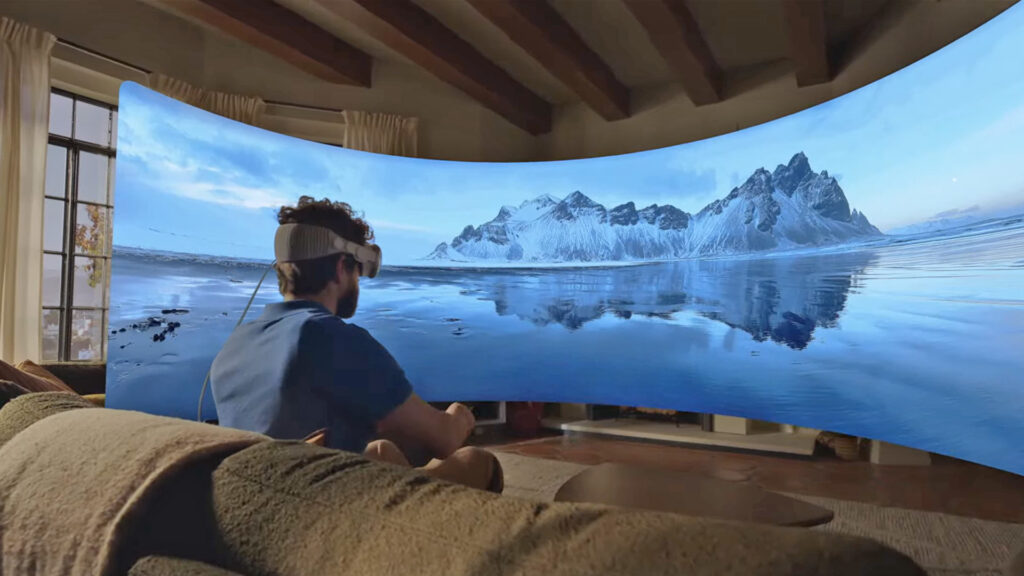
Apple Gets It Right Again
Imagine a tech company that hands you a deck with the following business plan: “We’re going straight for the top end of the mass market. We’re all about software services and licensing, but most of our revenue will come from selling hardware, which by the way, will always cost more than the competition and will always sell at list price. Oh, and our competitors are Samsung, Google, LG, Microsoft, and Meta.”
I know, I know – we’ll call you. But Apple has just done it again with Vision Pro, and you can’t help but marvel at how the folks from Cupertino are consistently able to hit a home run when they decide to swing for one. One day people are laughing at the idea of a $500 wearable that looks like your kid’s Swatch, the next day it feels like everyone including your elderly parents and your doctor is wearing an Apple Watch.
We think Vision Pro will be as pivotal to the coming AR and VR fields as the iPod was to music, the iPhone was to communications and the Macintosh was to media production. It’s not so much a product as a platform, like a next-gen version of what the Mac opened up 40 years ago this week. Only this time, the waters are largely uncharted and there are way fewer headwinds.
In the AR/VR world, there’s no entrenched record industry that Apple needs to disrupt, no Hollywood libraries to haggle over, and no expensive marriages of convenience to big telcos. It’s been eight years since the first consumer-facing AR/VR products became available, and the field is still a blue ocean. Can you name one product besides the Oculus – er – Meta Quest? Can you name three people who own one?
In the creator-based world that Vision Pro seeks to anchor, Apple is in the pole position. The initial core audience is the developer community. The people who are scooping up Vision Pro – which sold out in 72 hours – aren’t buying to enjoy the latest games and experiences; they’re the folks who will be making them. And if making AR-VR content is largely a matter of mixing media – video, audio, 3D, animation, etc. – nobody has a leg up on Apple.
Rather than aim for the mass-mass with cheap(ish) subsidized hardware, as Meta has been unsuccessfully trying, Apple is doing what it’s always done: create a flagship that gets the early adopters, who then entice the larger market, which then creates the category. There have been some flubs, of course (hello Newton) but the formula has worked now for 40 years, and longer than that in the broader consumer electronics industry.
The notion of a flagship offering has lately taken a beating in our software-driven tech landscape. The market has become accustomed to the cheaper-is-better model for hardware, mostly because software is cheap too. Apple has been showing everyone for years that nearly flawless hardware matched with easier-to-use software makes a great product that people will pay (more) for.
We’re glad for Apple’s latest coup for two reasons. First, because software experiences only have effect and meaning through hardware. And maybe more importantly, cheaper isn’t better. Only better is better.
# # #

Senior Partner Lew Brown oversees bluesalve partners' health tech practice. Lew has deep expertise in consumer IoT, consumer technologies and consumer goods, and excels in bringing new products and technologies to market.
